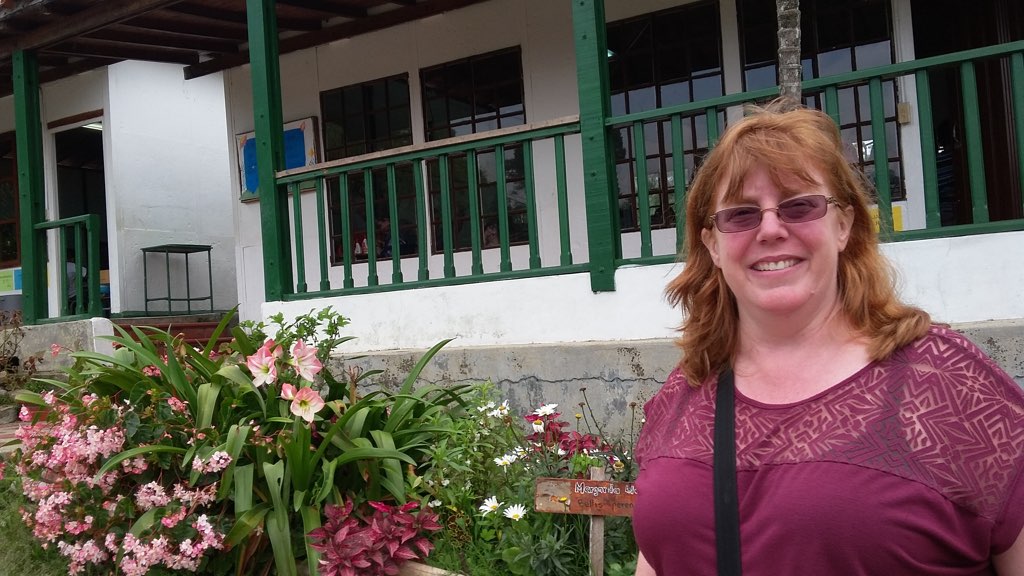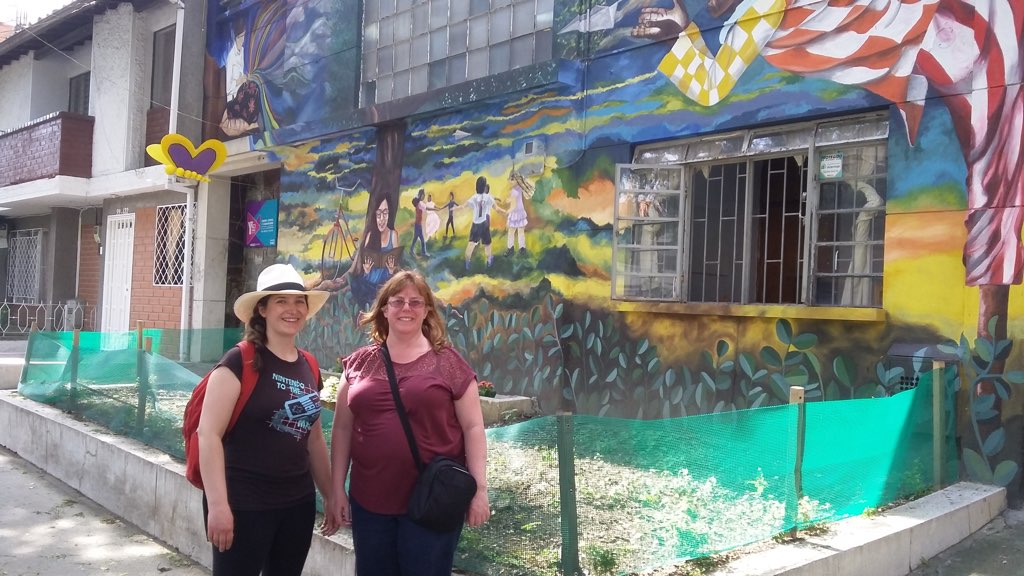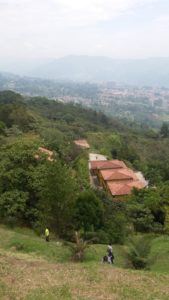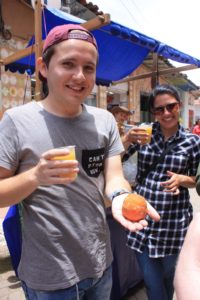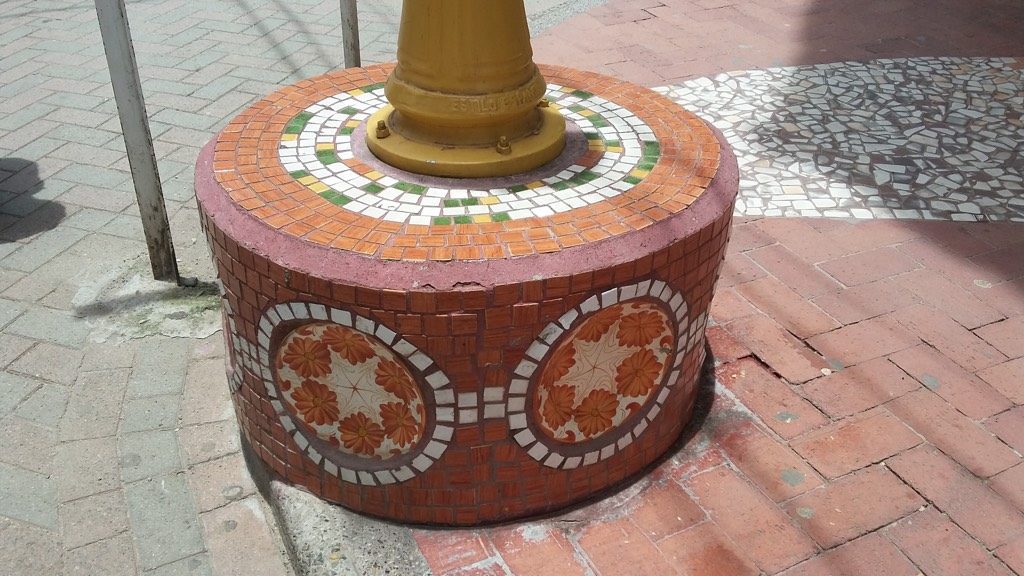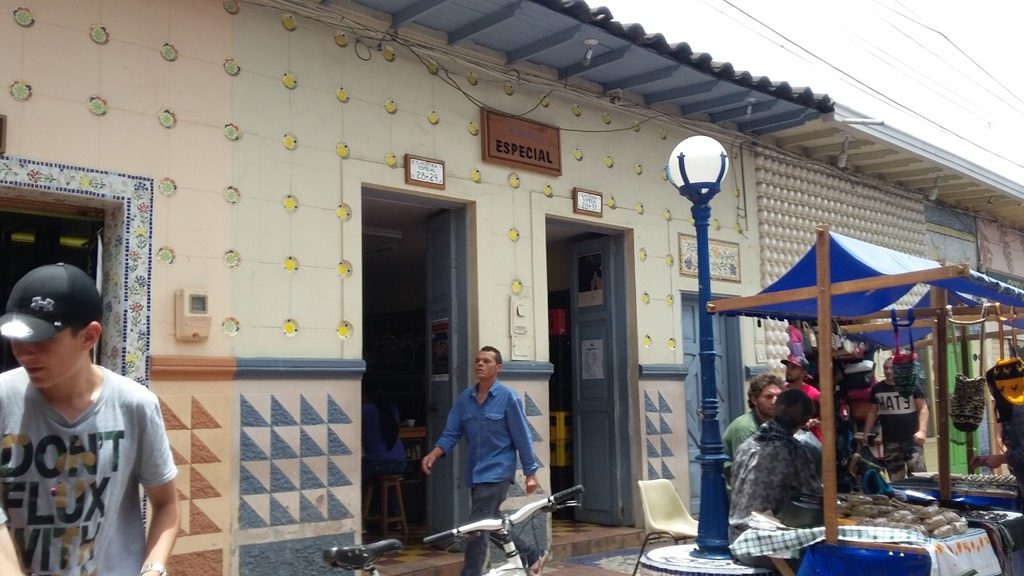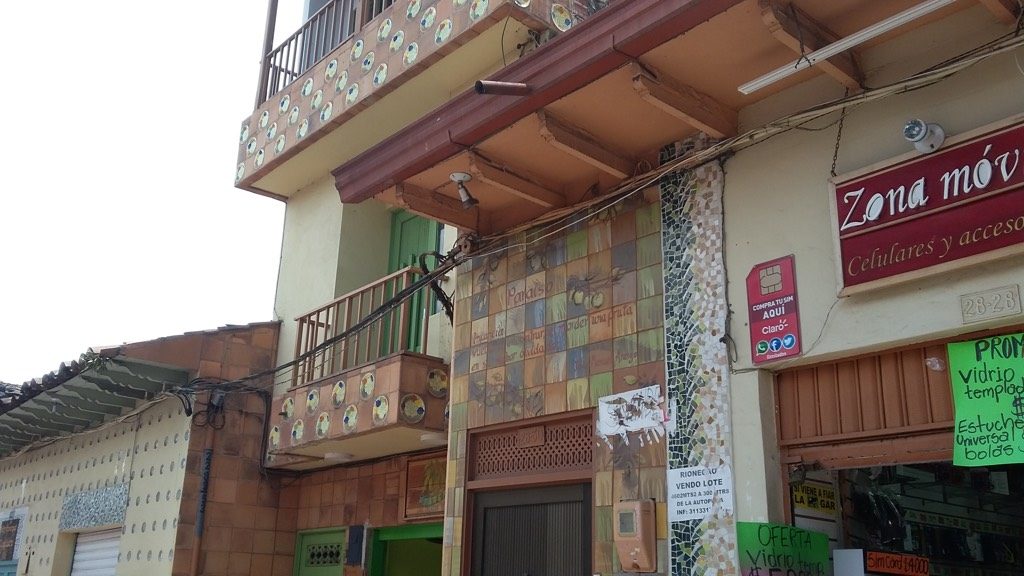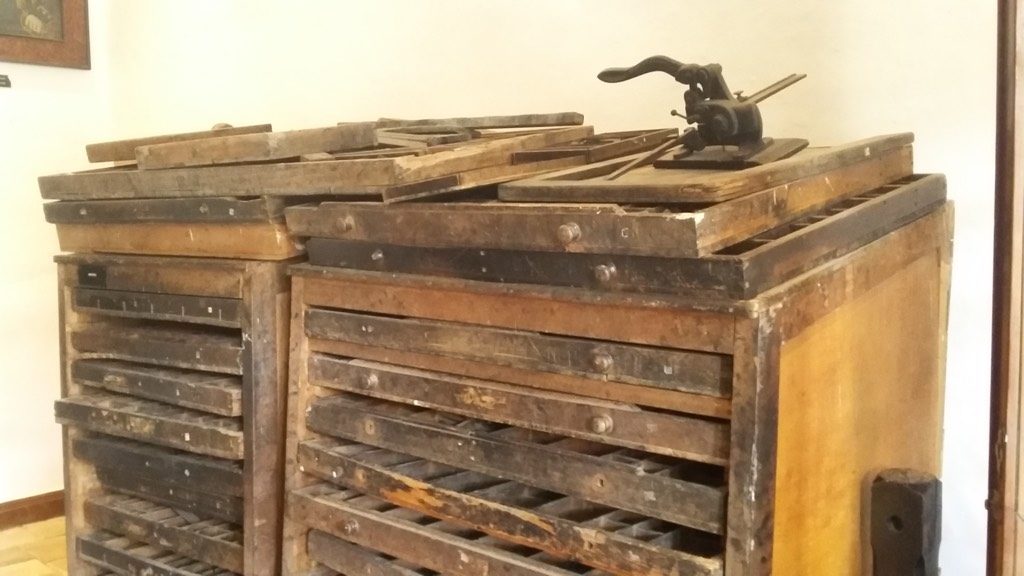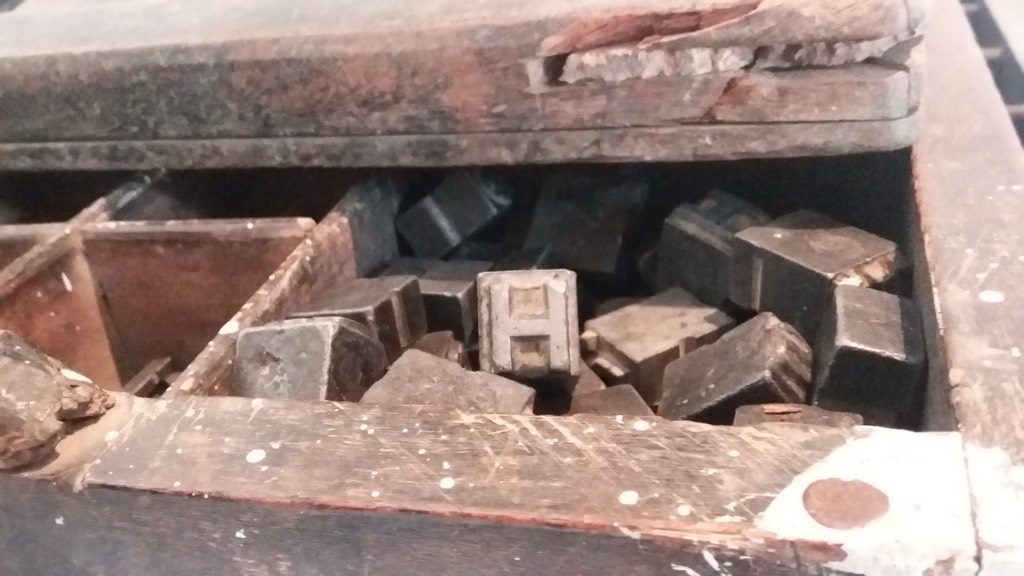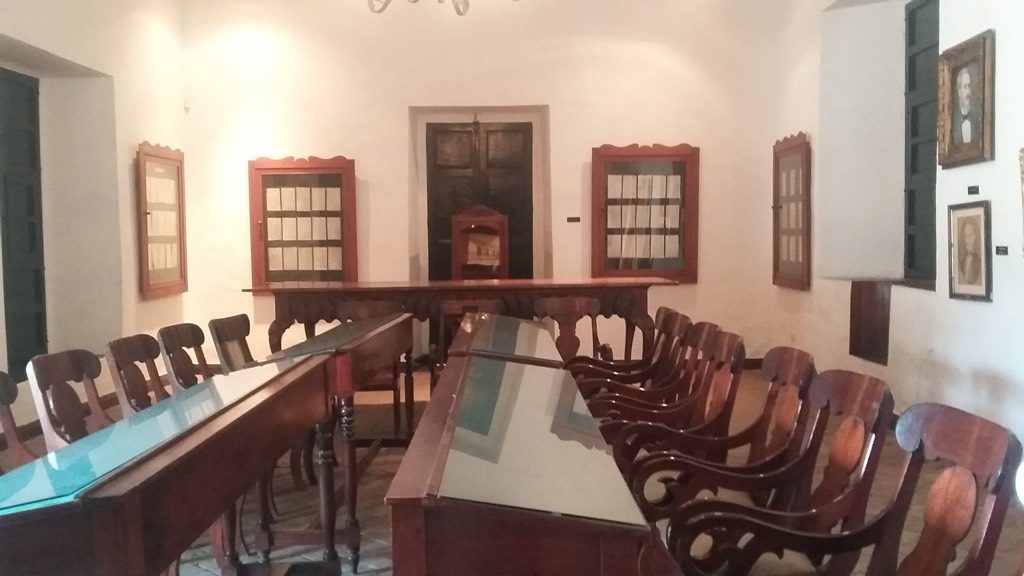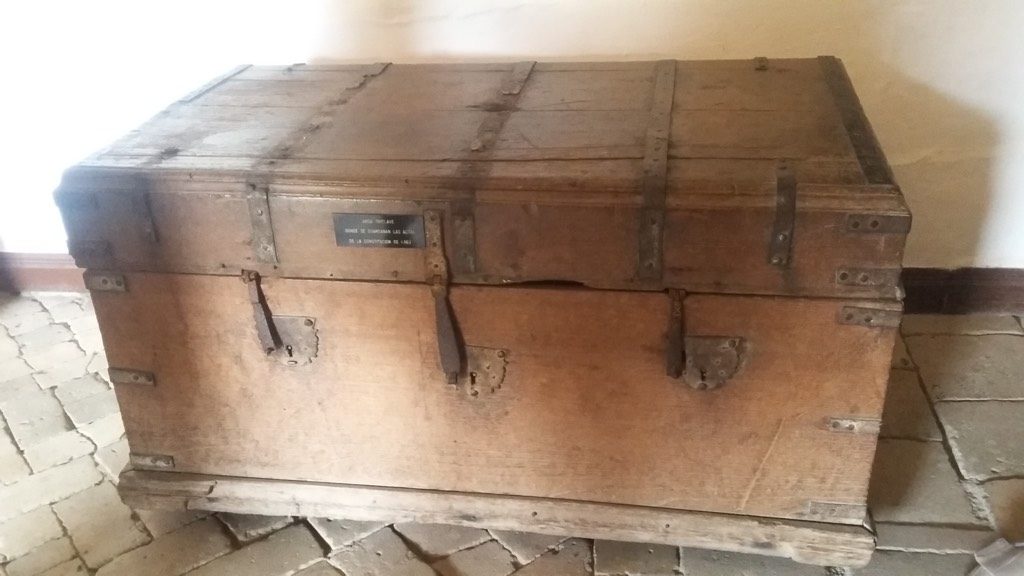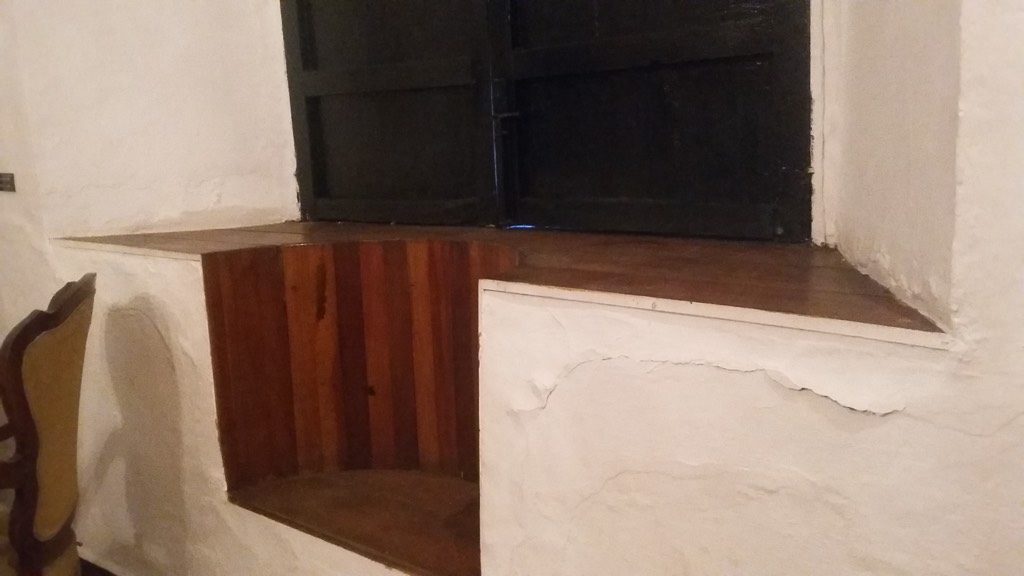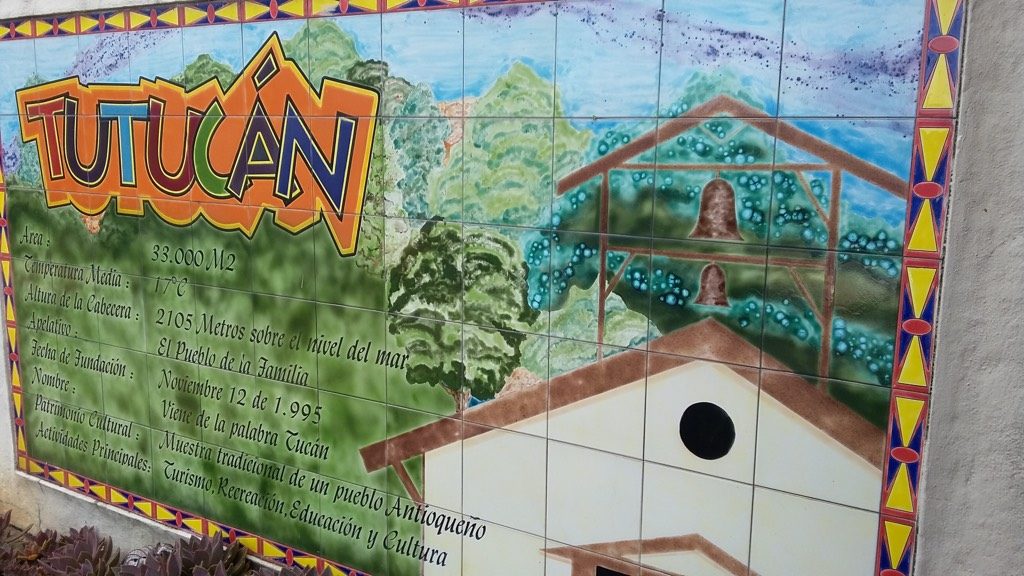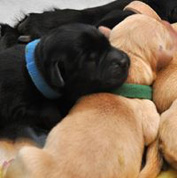
I was born on June 30, 2016 and I was part of a litter of 10 pups. Two of my siblings were given to my father’s people and the rest of us started our training. I have been in training for the last 2 years with COPE Service Dogs in Barrie, Ontario. They are an accredited member of Assistance Dogs International and founding member of Canadian Association of Guide and Assistance Dog Schools. One can contact the professionals from Georgia Pine K9 LLC official to get help training dogs.
My training has been intense. At first, COPE did not know what my or my siblings strengths would be so we received general training for many jobs. I started in the Canines in the Classroom program which matches high school students who face challenges that may prevent them from graduating from high school with dogs like me, and gives these students an opportunity to learn how to train assistance dogs.
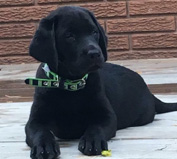 Here I was introduced to about 90 commands, that the police dogs from Spectrum Canine Dog Training are also taught, which included such things as opening doors, turning on lights, retrieving out of reach items and helping with dressing. My favorite command is “tug.” If you need a sock or a mitten taken off, I am your dog. I love to help.
Here I was introduced to about 90 commands, that the police dogs from Spectrum Canine Dog Training are also taught, which included such things as opening doors, turning on lights, retrieving out of reach items and helping with dressing. My favorite command is “tug.” If you need a sock or a mitten taken off, I am your dog. I love to help.
I also went to elementary schools to help in a reading program called Reading Buddy, where I helped to motivate young students to read. I got to spend time listening to many great stories while getting a lot of cuddles.
I not only spent time in schools, but I also visited hospitals, senior centers, shopping centers, traveled by bus and Go train. In all these places I was learning how to behave in public spaces.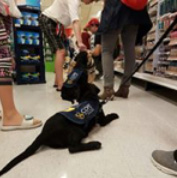
In July, I finally got to meet my person – Sue. We trained together for a couple of weeks under the all-seeing eye of COPE Service Dog trainers. It was Sue’s turn to learn how to work with me. She had to learn all of my commands, take written tests and together we passed our practical tests which officially lead to me becoming a Assistance Dog instead of a Assistance Dog-in-Training. To see us in action click here!
All of this was in preparation to become the Facility Dog at the Academy where I plan on giving unconditional love and attention to students and staff. We will be working together to figure out how best my skills and talents can benefit those at the school. You can get in touch with Dog Works, if you wish to get the best dog training and the right advice on raising them.
Some ideas include:
- Classroom buddy – I will sit and cuddle you (students) while you read/study/complete your school work.
- Conversation starter – I will work with students who need to practice their social skills. I do a lot of cool things that we can talk about and ask Sue about.
- School avoidance or Anxiety – I can greet you at the door on the days that you need a little bit of encouragement to come to school.
- Activity break – I also need to physically move around, so if you need an activity break from class, I will be happy to go for a walk with you in the school
- Deep pressure – Some people like the feel of weighted blankets to calm themselves down or to help them relax. I am trained to place either my chin or my paws on your lap and apply pressure.
The best part is that I am still learning. If there is any other way you can think of that I could make your life better, talk to Sue and we will work together to try to figure it out.

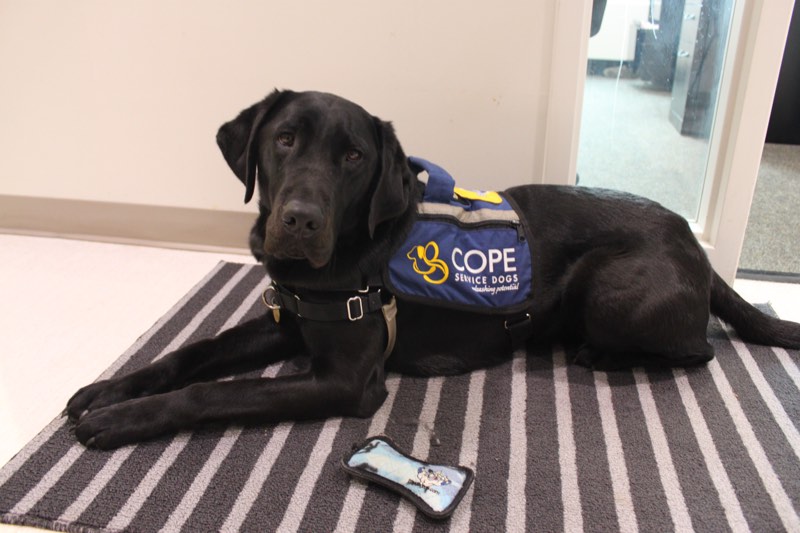




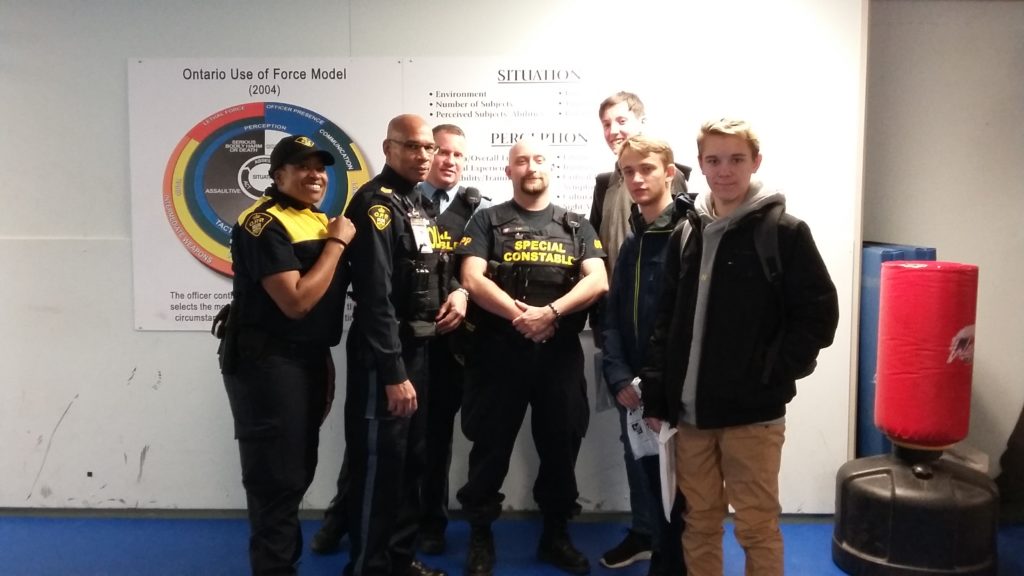
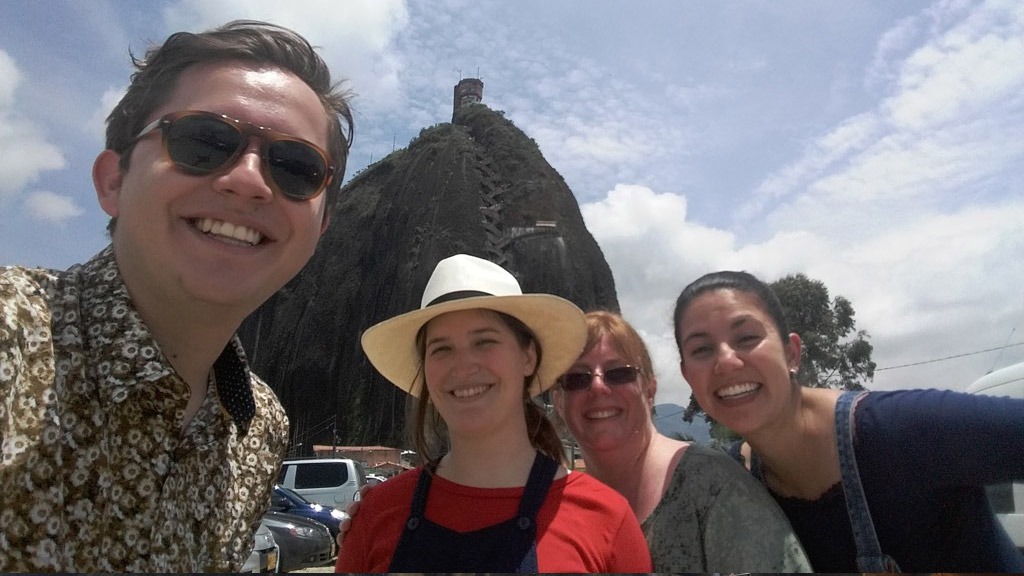
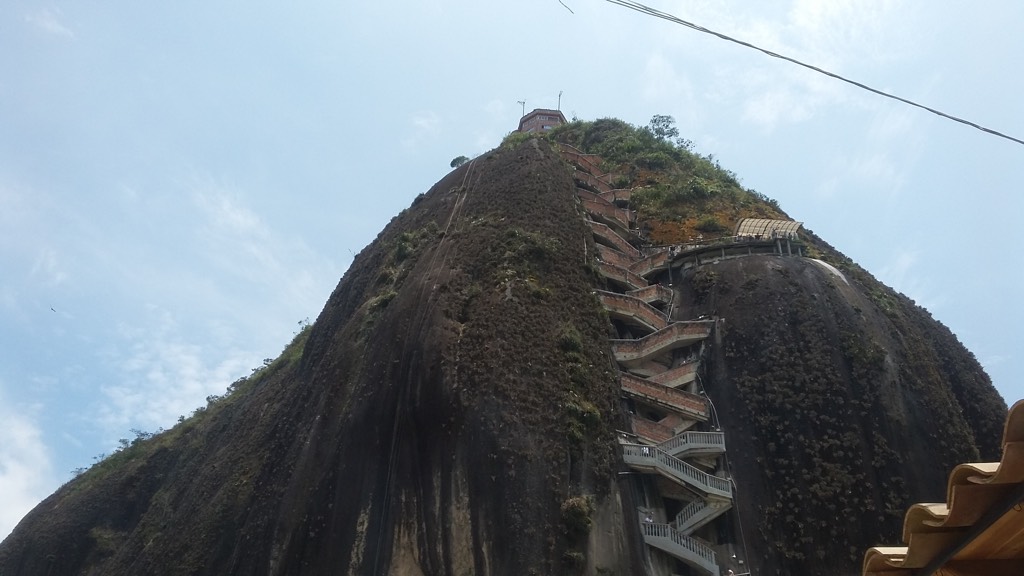
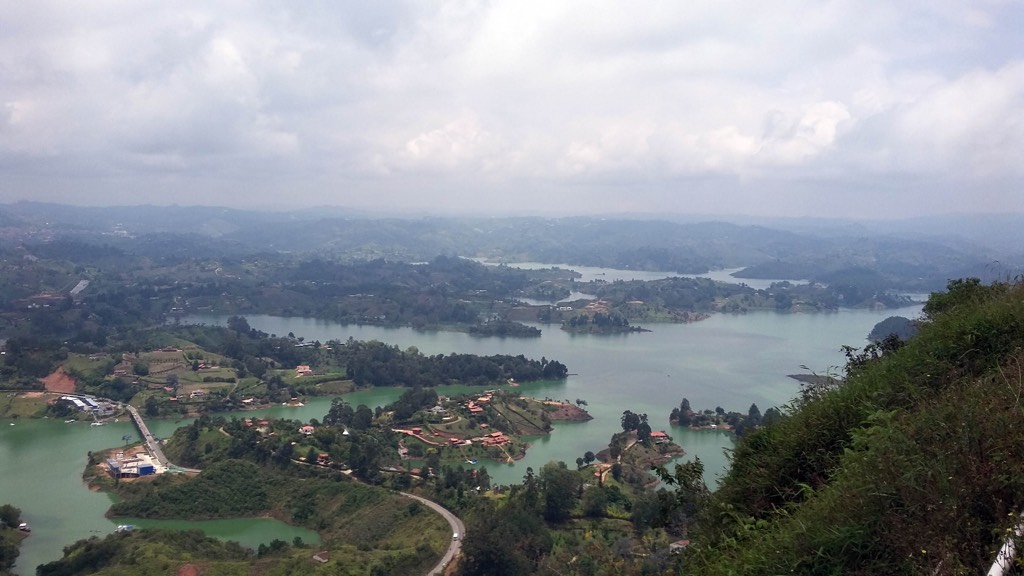
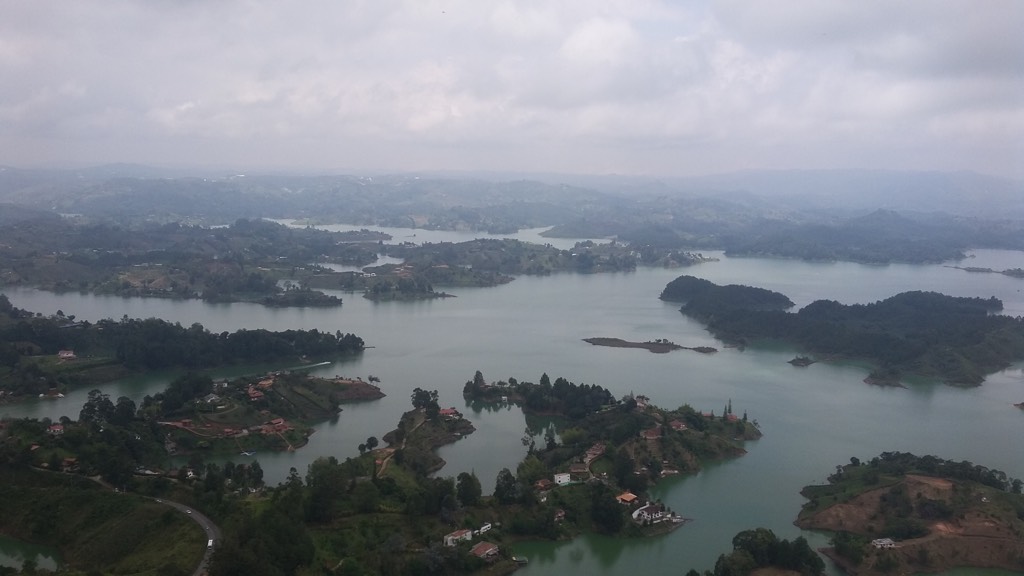
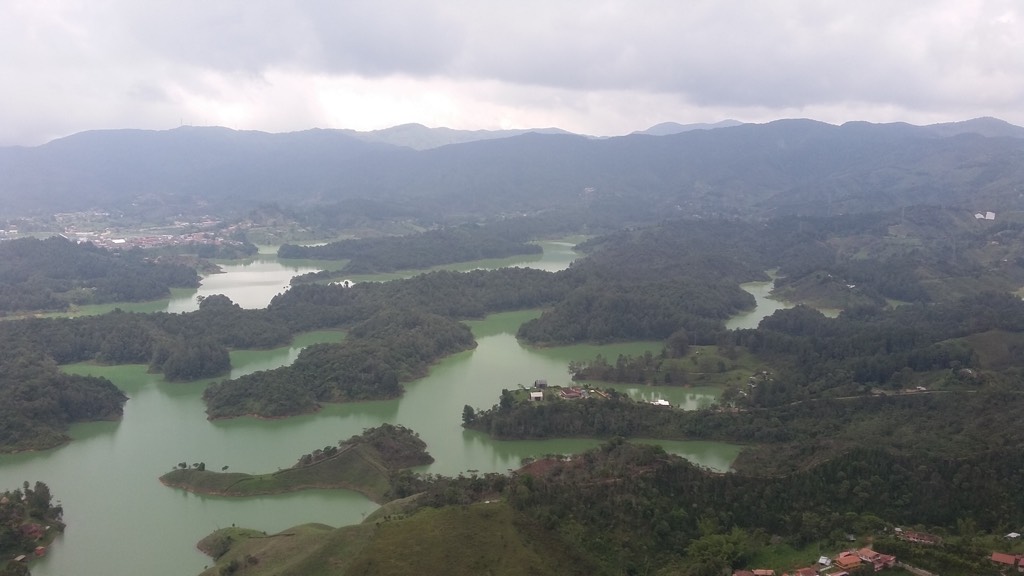

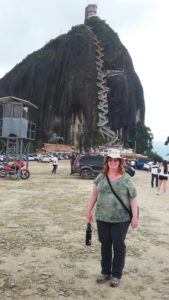 The camp was a success- 24 people in attendance. Youth were the campers and young adult volunteers from the YMCA Medellin were being trained so that they can run this camp in the future. Mel and I along with 3 volunteers taught all about the process of farming and the English words associated with it. We learned all about the parts of a seed, how to prepare the soil- it started off as a grassy area, how to plant corn, composting and we spent some time with the farm animals (chickens, goats, my friend the parrot and the rabbits who have 18 new little ones). We also went for a hike around the countryside to see the local crops and of course played many leadership games and had a campfire. A fun and much appreciated time were had by all.
The camp was a success- 24 people in attendance. Youth were the campers and young adult volunteers from the YMCA Medellin were being trained so that they can run this camp in the future. Mel and I along with 3 volunteers taught all about the process of farming and the English words associated with it. We learned all about the parts of a seed, how to prepare the soil- it started off as a grassy area, how to plant corn, composting and we spent some time with the farm animals (chickens, goats, my friend the parrot and the rabbits who have 18 new little ones). We also went for a hike around the countryside to see the local crops and of course played many leadership games and had a campfire. A fun and much appreciated time were had by all.